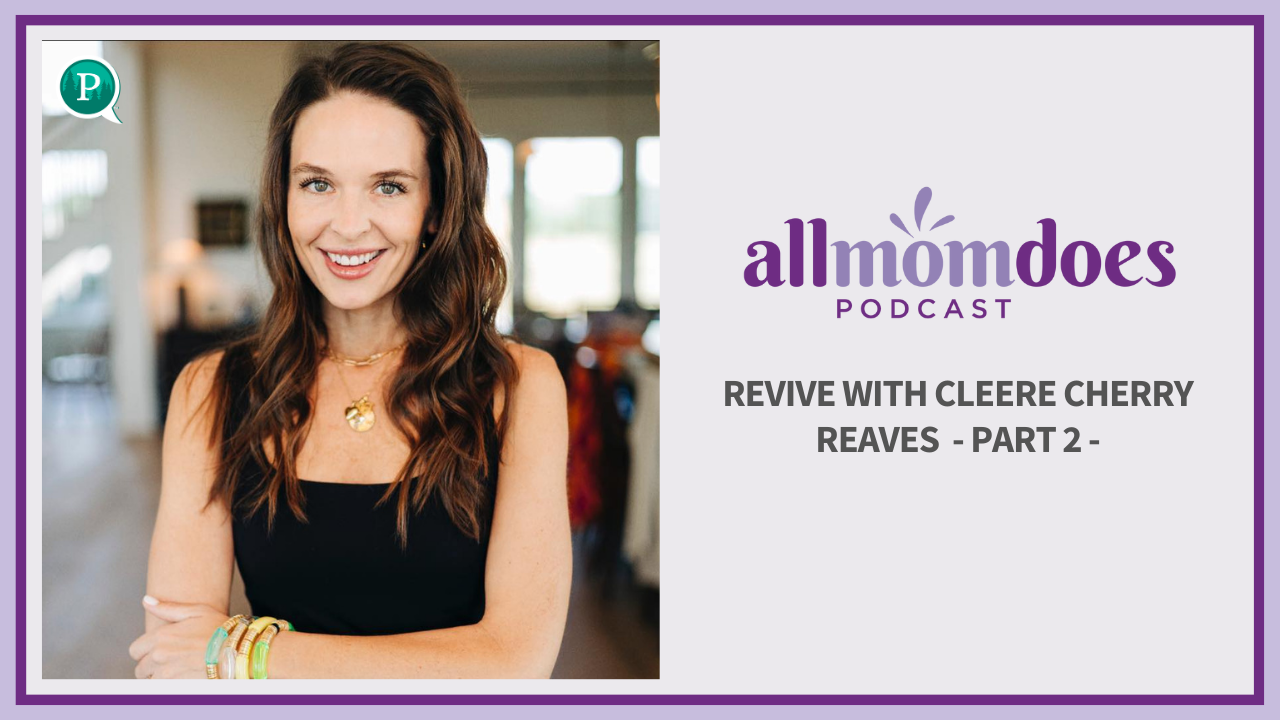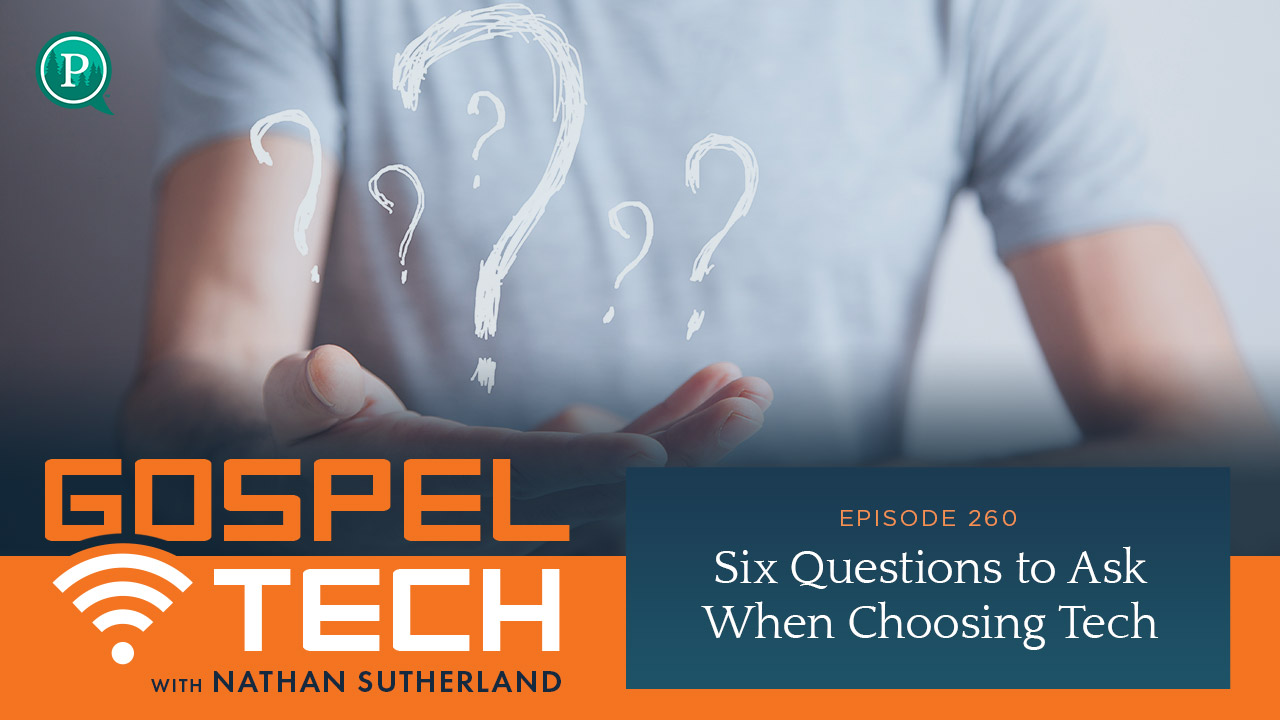Before COVID, only about 3% of U.S. students were homeschooled each year. Now, according to a July survey, nearly half of parents are considering homeschooling. As more schools announce classroom closures, it’s not too late to opt in.
I’ve been homeschooling since 2006, and I’ve trained countless families how to do it well. COVID is forcing millions of parents to rethink schooling, and many are unsure of their options.
If you’re in the same boat, here’s what you need to know:
Decide what model works for your family.
“Public Homeschool” and “Private Homeschool” are two very different options. Public Homeschool is a hybrid, often called “charter schools” or “public school at home,” depending on your state. Because the state largely retains control of timing and decisions in this model, it will also reimburse families to cover a specific list of curricular and extracurricular expenses. Parents are required to meet regularly with a Teacher of Record to discuss lesson plans and proof of work. For parents new to homeschooling or wanting more accountability, this can be a good option–with strings attached.
Private Homeschool, on the other hand, is the more traditional model. Parents have complete autonomy to tailor the pace, curriculum, and schedule of their child’s education. They are the final authority on what, how, and when their child learns; consequently, they are not reimbursed funds. Parents concerned with the rigidity of school pacing, flexing school hours with work schedule, or screen time overload might consider this option.
Know your state’s requirements.
Every state has its own requirements around teacher qualifications, core curriculum, and evaluations, and sometimes it seems unclear how to locate that information. Check out HomeschoolExpert.com for easy links to your state’s requirements.
Determine your budget.
Homeschooling is a lot like weddings—it costs as much money as you have to spend. I have seen families purchase high end curriculum, tutors, and international tours for their children. I have also seen parents provide an excellent education with modest materials—like a math book, a reading list, the internet, and a library card. (Even if your state has a required list of subjects, that does not mean you must purchase all those subjects–the library is a great resource.) The model you choose for homeschooling will largely impact this decision.
Create a schedule – and write it down.
It takes about 2-4 hours a day to school an elementary student at home, 4-6 hours for a junior higher, and 5-7 hours for a high schooler—and that’s with no extra homework. Look for ways to build a flexible structure to your daily routine, and if you are homeschooling privately, don’t feel constrained to teach your child during banking hours or typical school months. Weekends, evenings, and summers are an option, as long as your student masters the content before the next grade begins.
Keep your child accountable.
Create a monthly calendar for each of your children with assignments and chores. This teaches early time management skills and supports independent learning. Add to that a short list of 3-5 positive student goals of what you expect in attitude and action for your child every day. Draw smiley faces as she meets each goal, and put a sticker on her assignment book if she accomplishes all goals and work for the day. Some families incorporate rewards and incentives.
Simplify when possible.
Less can be more. Combine assignments across multiple subjects so your child can complete a day’s work in history, literature, and science in one carefully chosen persuasive essay topic.
Also, recognize that curriculum companies provide more problems than are typically needed so that the content is available to learners of all needs. Your student doesn’t have to finish every problem. Once she has mastered the concept, move on, and make space for review occasionally to maintain mastery.
Use creative resources.
Make it fun! Journaling for 5-10 minutes a day is an excellent way for your student to hone his writing skills and decompress. Watching a PBS documentary could be an easy complement to a history lesson. Google “science experiments you can do in your kitchen” and see what you find.
Connect.
Even with social distancing, it is worth connecting with local homeschool groups through free social media platforms. My kids have been invited by other homeschool families to join free online escape rooms with their friends and play charades over Facetime. Many parents take turns offering lessons based on their specialized knowledge—like a class in Claymation.
It’s not too late to homeschool your child this fall. In fact, you might discover it is the best thing your family has done together all year.
by Anne Crossman
Anne Crossman is the CEO and founder of HomeschoolExpert.com. As a former homeschooler, Anne attended Stanford and Duke Universities, taught in public high schools and military barracks, authored three books on education, and has been homeschooling her four children since 2006. Anne offers a perspective of education that is well-informed, rare, and highly valued. Her work is timely for parents, available in a video series, online resources, as a speaker, and consultant.

















